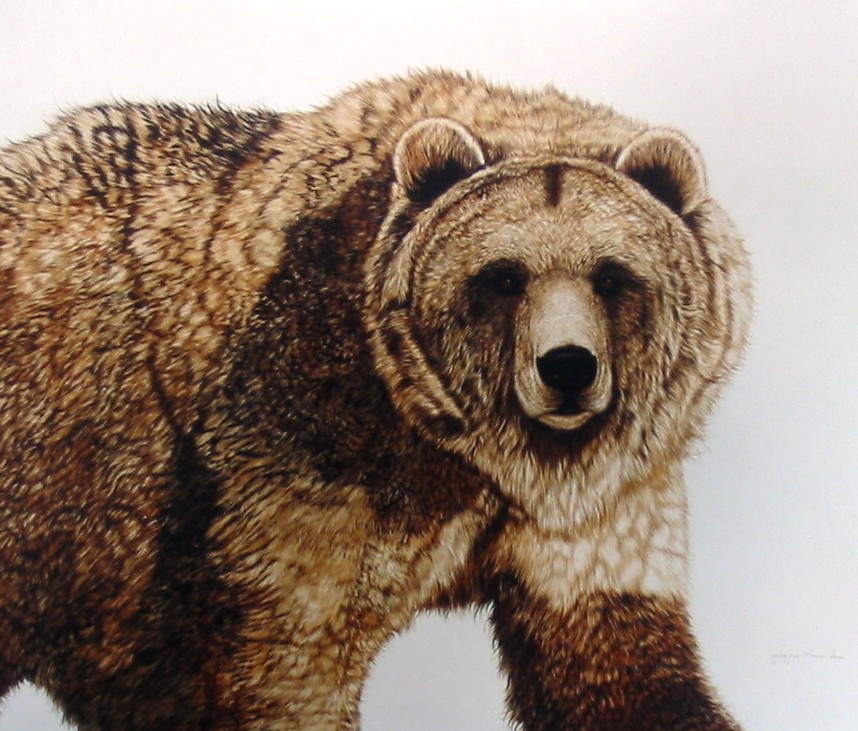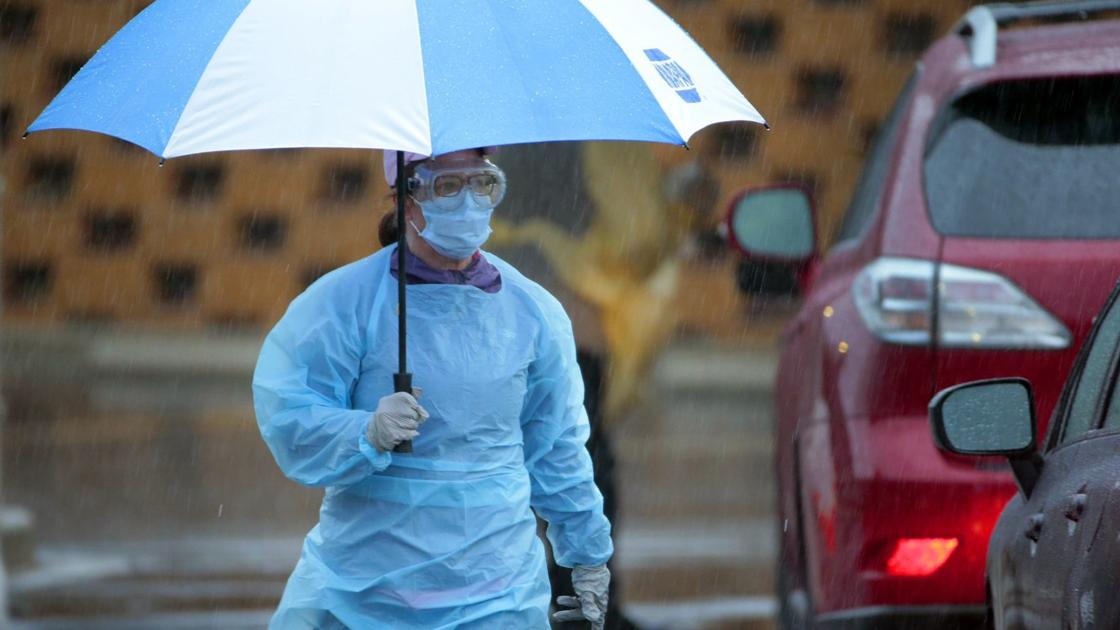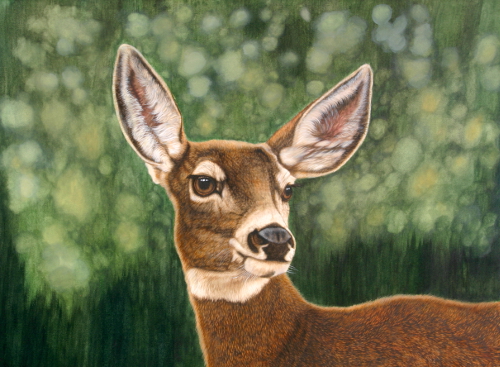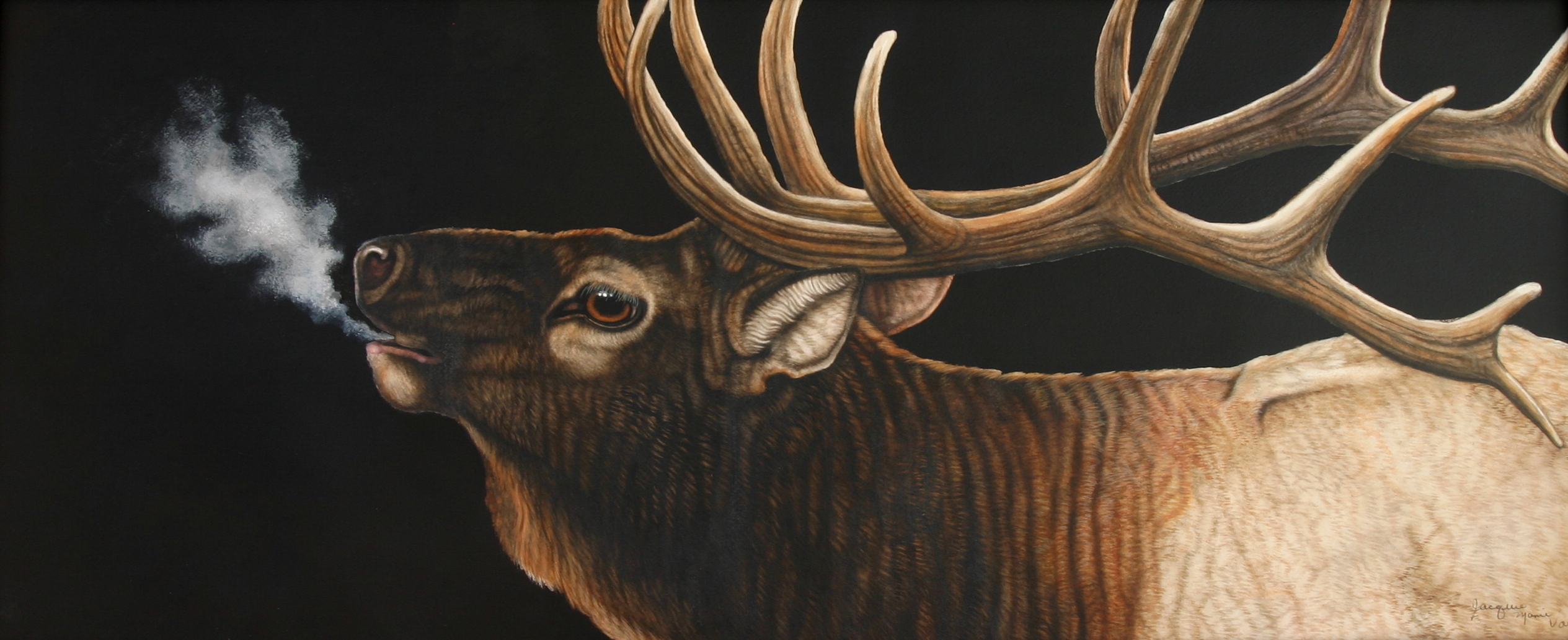We need to talk about the ending of the Final Fantasy VII Remake
Screenshot: Square-EnixNote: This article contains extensive spoilers for both Final Fantasy VII Remake and the original Final Fantasy VII.The first hint that there’s something strange going on with the story of the Final Fantasy VII Remake—that there is, in fact, quite a bit more than “remaking” afoot—are the dementors. They’re not called dementors, of course. When the game finally, formally introduces them, some 20 hours down the line, they’re identified as Whispers, un-living arbiters of the cold and unfeeling hand of fate. But they sure as hell look like J.K. Rowling’s soul-sucking incarnations of fear, faceless floating robes with a noted tendency to swarm those characters that the FF7 veterans in the audience will know are already doomed—especially Final Fantasy VII’s too-good-for-this-sinful-Planet flower girl heroine, Aerith Gainsborough.Players of the original game will know from the moment the Whispers first appear—harassing Aerith on a busy city street, forcing her directly into the path of taciturn hero Cloud Strife—that these morally ambiguous ghosties are a new addition for the 2020 HD update. And even before their role in the story is explicitly outlined, it’s possible to deduce most of what they’re up to: shoving back vigorously any time it looks like Remake might fly off the narrative rails set by the original game. These interventions can range from minor to massive, whether it’s staging a citywide attack on the main characters to force Cloud to take a mission he’s “destined” to be a part of, or simply distracting someone at a critical moment. The game calls it fate, but it’d be just as fair to dub the Whispers the protectors of canon, working tirelessly to stop Final Fantasy VII Remake—whose title is, in of itself, an inelegant suggestion of where its priorities are supposed to lie—from descending from vigorous re-creation into the realm of fan fiction. And they fail. Spectacularly.In its closing chapters, Final Fantasy VII Remake reveals what it’s been hinting at for hours now, most notably through occasional glimpses of events that haven’t happened yet, cleverly hidden within Cloud’s regular head-gripping hallucinations: This isn’t a “remake” at all—it’s a time-travel story. Or at least a potential one, with the Whispers as the opposing force in its way, and an unseen fandom crying out, “They changed it! Now it sucks!” When Jessie—a minor character whose role is massively, engagingly expanded in Remake—hurls a grenade to save herself from the soldiers who kill her in the original game, a Whisper swoops in to block it. When revolutionary hero Barret gets suddenly impaled by the game’s primary antagonist, another intervenes to begrudgingly drag him back to life. And when the game’s protagonists grasp how thoroughly these creatures are controlling their destines, forcing them down one particular path toward a, to them, unknown and potentially apocalyptic future, they do what role-playing-game heroes have done for decades: They pick up their weapons, grit their teeth, and attempt to beat god itself into submission—even when that god is just the physical embodiment of fan expectations of how their story is supposed to play out.That they’re successful in this battle, killing the forces of fate, and unmooring Remake from its source material, serves as a clandestine mission statement for this whole planned series of FF7 Remake games. As much as Square Enix has marketed this sub-franchise as an exercise in nostalgia, it’s clear the company’s designers aren’t actually all that interested in telling a story whose ending has already been viewed by 10 million people. Thus, the game ends with not only a literal promise that “The unknown journey will continue,” but also a major plot revelation (at least, for people who are up to date on the complicated constellation of games that surround Final Fantasy VII itself), showing that Zack Fair, a character whose death is central to the game’s relentlessly complex backstory, has had that date with destiny altered. It’s an earthshaking reveal, for not only fans of Zack’s well-regarded solo game, Crisis Core, but also anyone who grasps the implications of this reversal. Stoking the conspiracy theories of a legion of ’90s middle-schoolers, Remake’s rejection of canon means it might be possible for gaming’s most iconic sacrificial lamb, Aerith, to potentially be saved as well.Whether this Once Upon A Time… In Midgar take on storytelling is to the game’s benefit is a difficult question to parse. Certainly, it hijacks Remake’s actual ending, taking a fairly straightforward story of plucky terrorists battling an oppressive and manipulative government and rocketing it straight into abstract “Let’s beat up a metaphor” territory. It’s also a fairly blatant fuck-you to players for whom Remake is their first experience with VII; the Zack reveal, especially, relies on a pretty robust working knowledge of the original game’s twists and turns that the new installment takes zero steps to provide. And yet, despite the bait-and-switch incongruity of it all, it’s hard for veteran players not to feel their hearts race a bit when they realize that Remake is a far more ambitious title than it originally presented itself as. If this project was doggedly criticized in the lead-up to its release for taking 30 hours to tell a story that was once told in less than a third of that time, then the revelation that it’s setting up a brand-new tale of its own can’t help but stoke some excitement. Fan fiction exists for a reason, after all, and “What if?” is still one of the most compelling questions a storyteller can ask. The fact that we have literally no idea where Final Fantasy VII Remake Part II (ostensibly a re-creation of a middling chunk of a 23-year-old video game) is going to end up is exhilarating—even if it has to send the entire franchise careening wildly off the rails to get there. Whether that’s a good thing is a question we’re going to be spending the next several years trying to figure out; whether it’s interesting, though, has already been laid to rest.
Read More



